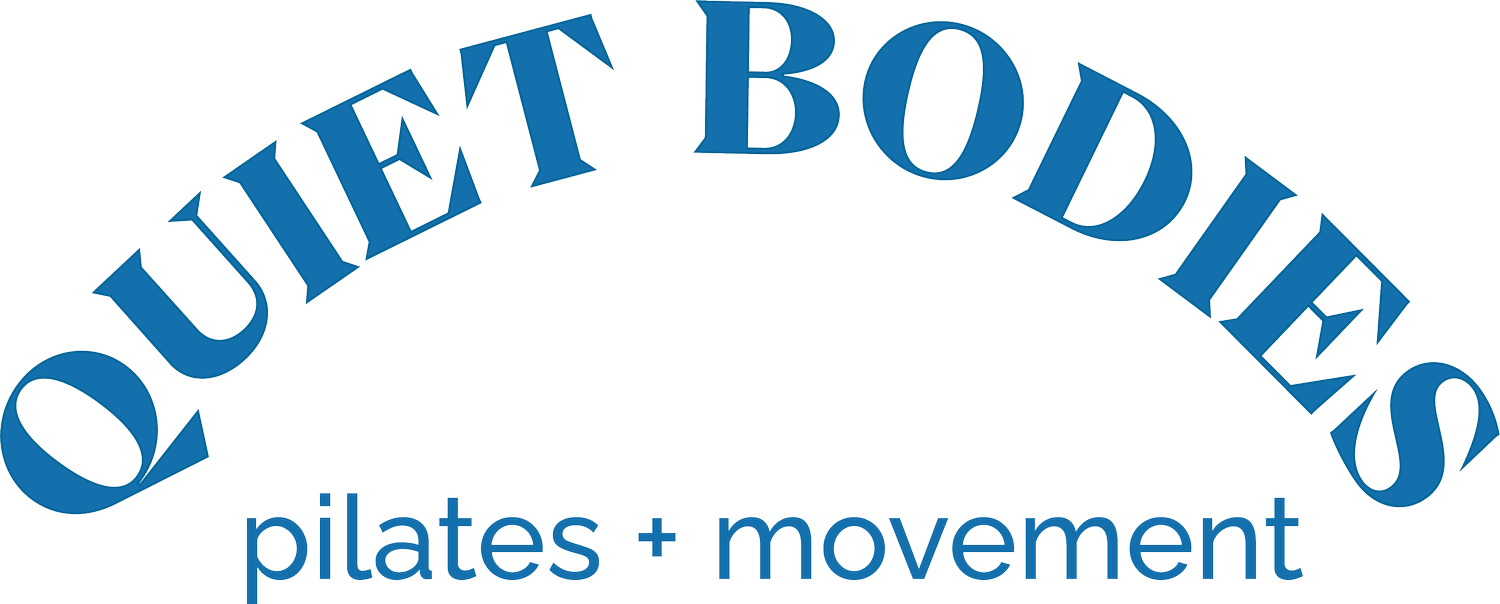Going Upside Down - The Roll-Over
As you may or may not know, I was a dancer when I met Pilates (not Joe, of course, but his Method!)
I suffered from a lot of anxiety as a dancer. Each time I stepped into the dance studio, I would disconnect from my body as a coping mechanism because if I didn't, my anxiety would take over, and I would end up in the bathroom in tears trying to catch my breath. Disconnecting with your body is the exact opposite of what you need to do as a dancer. And this paints a picture of the type of relationship and connection I had to my body. Many of us come to Pilates for our unique reasons. I think a lot of the time, there is this inner knowing that we don't fully understand how to communicate with ourselves.
Pilates helped me understand that I couldn't communicate clearly to my body and, this fact would show up time and time again in class. The Teaser, Side Kicks, you name it. BUT it was okay because we all struggle together and take small steps towards better understanding ourselves.
Now, this isn't to say what stands in my way might be stopping you. I am just sharing my journey because it's common to look and say, "it's so easy for her!"
The first time I did a Roll Over and to be honest, for the first few years, doing anything with my legs over my head made me feel a lot of compression in my spine. When I was up, I was fine, but once I was down on the mat, I would need to take a moment for my lower back to stop gripping. You can imagine my confusion given the fact I was an experienced mover.
When I first went upside down, sure I could execute The Roll-Over's shape, but I hadn't yet cultivated the unique strength or mind/body connection necessary to make this exercise valuable to me. I tabled the Roll-Overs for a bit and inserted place holders, or I practiced inversions in a more supportive way (like those suggested in the tutorial below).
Today, I love Roll-Overs. I have allowed my body the time (NO PRESSURE, it's just Pilates!) with my practice to strengthen the muscles necessary. I have learnt more about where I need to hold my body weight, and it just goes to show, if you can’t enjoy/do something today, it's not off the table forever. It's okay to adapt. It's okay to do something else entirely. And it's okay if this exercise is not for you!
The take away:
Sit in the discomfort of not being able to do something. Remind yourself, there’s no pressure or “shoulds” in Pilates and you are doing this FOR YOU. Not for anyone else. If it’s helpful, try to pinpoint why it’s hard for you. Then, ask yourself what the best approach is moving forward. Sometimes, that might mean leaving the exercise aside for later or making alterations.
NO ONE understands what you're feeling better than you do. And my purpose here is to support you no matter what stage you are at, Roll-Over or no Roll-Over.
This tutorial will go over how to keep yourself safe, a few supportive ways to try the Roll-Over when you are new to the exercise, and a placeholder in the event Roll-Over is not your thing that day. I encourage you to comment below and ask more questions if you have them. These tips are a jumping-off point, and there are undoubtedly tons more. If you don't have the suggested props, look around your house and get creative.
YOU HOLD THE POWER. you already all the answers, I am just here to remind you that it's there.
-Kala
